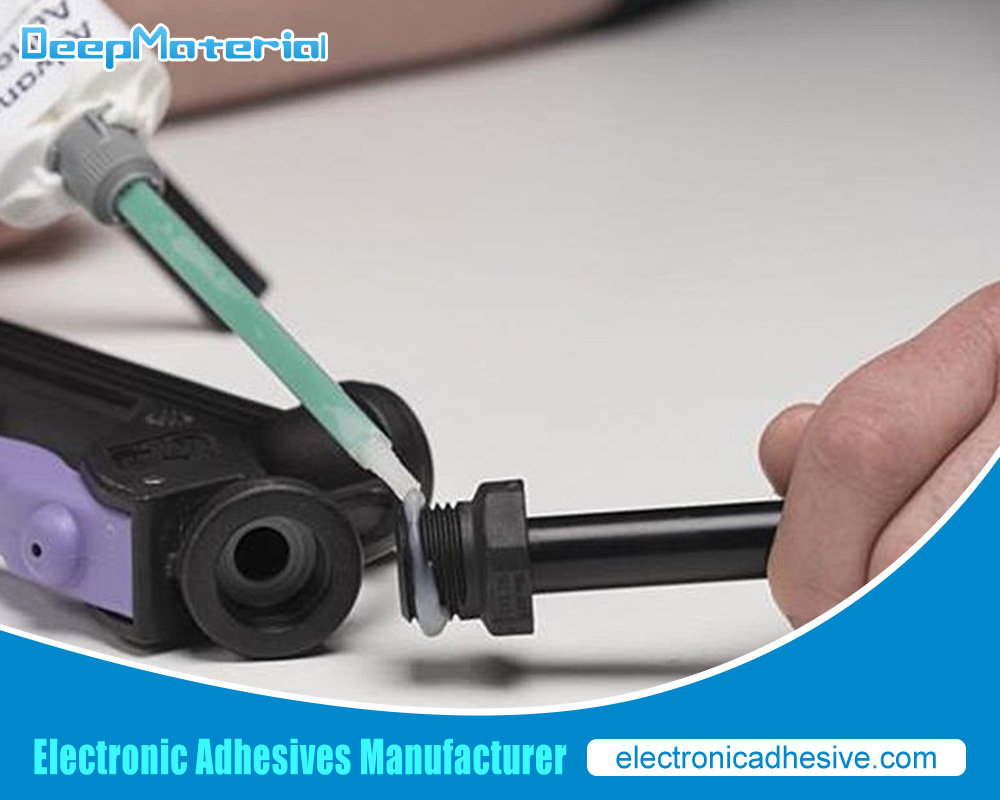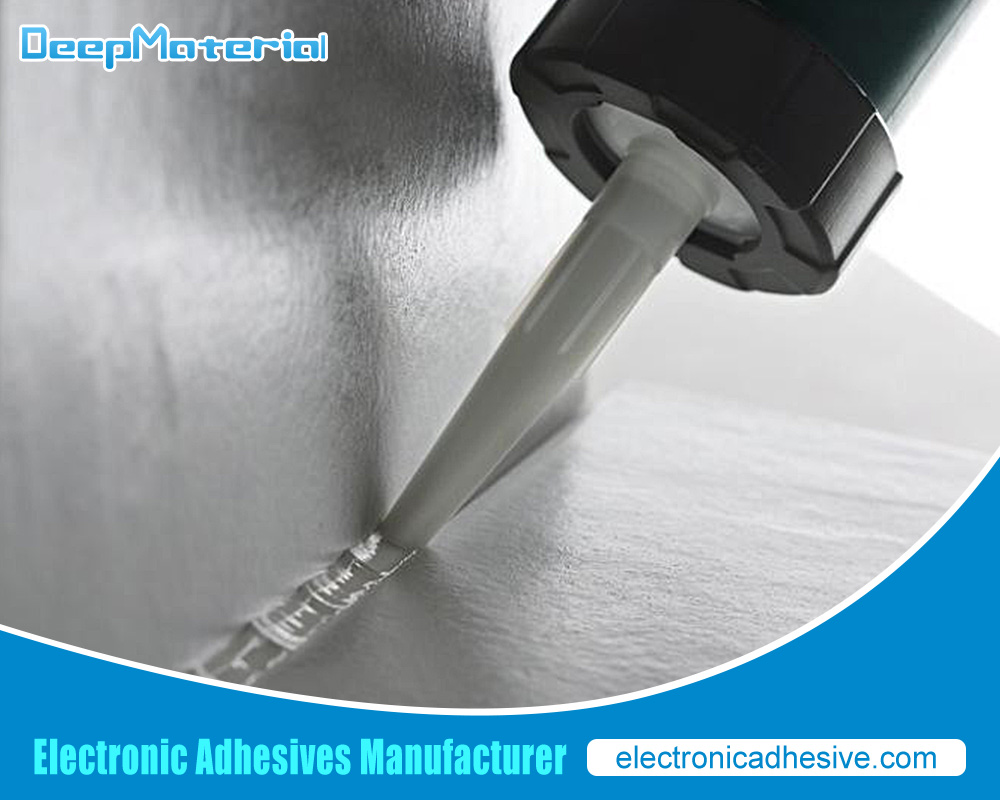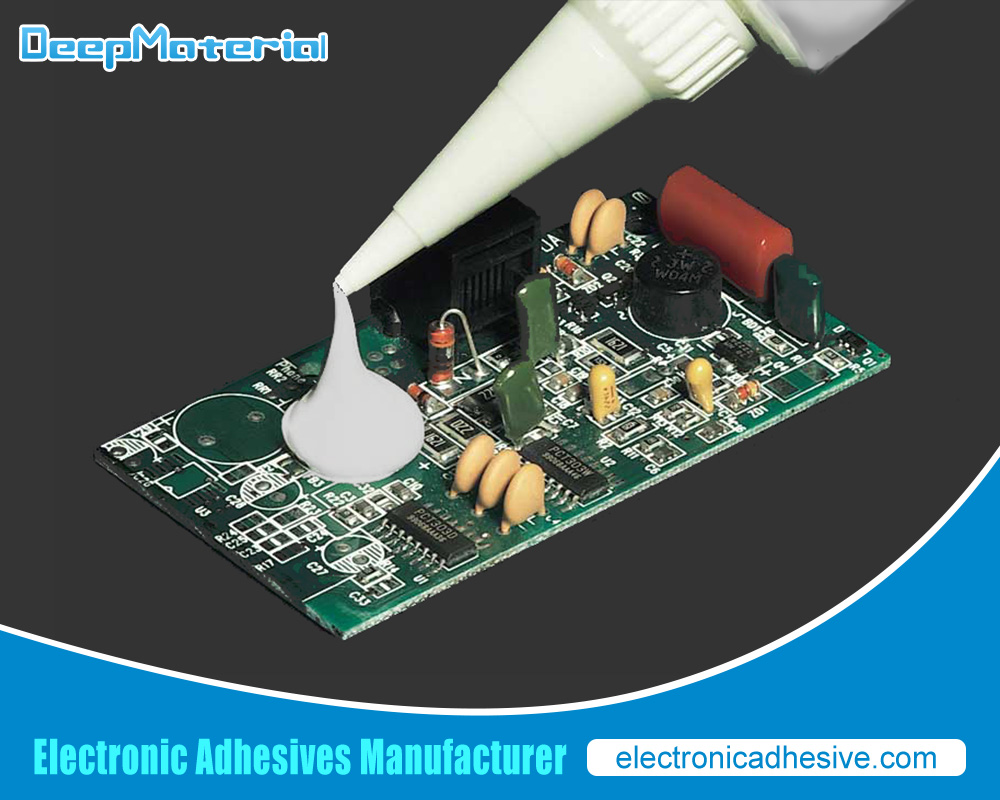Comprehensive Guide to Electronics Coatings: Enhancing Performance and Longevity
Comprehensive Guide to Electronics Coatings: Enhancing Performance and Longevity
In the ever-evolving world of electronics, maintaining performance and longevity is crucial. Electronic coatings play a pivotal role in achieving these goals by providing protective and functional benefits to electronic components and assemblies. This article explores various types of electronic coatings, their applications, and their significance in modern technology.
1. Understanding Electronics Coatings
Electronics coatings are specialized materials applied to electronic components to enhance performance and durability. These coatings serve various purposes, including insulation, protection against environmental factors, and improving electrical characteristics. They are crucial in ensuring the reliability and longevity of electronic devices, from consumer gadgets to industrial machinery.
1.1. Types of Electronics Coatings
Several types of electronic coatings are designed for specific applications and requirements. The primary categories include:
- Conformal Coatings:These are applied to the entire surface of electronic circuits to provide insulation and protection from moisture, dust, and chemicals. Standard conformal coatings include silicone, urethane, acrylic, and epoxy.
- Protective Coatings:These coatings shield electronic components from physical damage, abrasion, and chemical exposure. They include hard coatings, such as anodizing and plating, and soft coatings, like varnishes and lacquers.
- Thermal Coatings:These coatings help manage heat dissipation in electronic devices. Thermal coatings are typically used in high-power applications to ensure efficient heat transfer and prevent overheating.
- Conductive Coatings:These coatings are used to enhance electrical conductivity or shield electronic components from electromagnetic interference (EMI). Conductive coatings include silver, copper, and carbon-based materials.
1.2. Key Properties of Electronics Coatings
To be effective, electronics coatings must possess specific fundamental properties:
- Adhesion:A good coating must adhere firmly to the substrate to ensure long-lasting protection and functionality.
- Chemical Resistance:To prevent degradation, coatings must resist chemical exposure, including solvents, acids, and bases.
- Electrical Insulation:High dielectric strength is essential for coatings used in insulation applications to prevent short circuits and electrical failures.
- Thermal Stability:Coatings must withstand varying temperatures without degrading or losing their properties.
- Durability:Coatings should resist physical wear and tear, including abrasion, impact, and vibration.
2. Applications of Electronics Coatings
Electronic coatings are used across various industries to enhance the performance and longevity of electronic devices. Here are some critical applications:
2.1. Consumer Electronics
Coatings protect delicate components in consumer electronics like smartphones, laptops, and tablets from moisture, dust, and physical damage. Conformal coatings are often applied to circuit boards to ensure reliable operation in diverse environmental conditions.
2.2. Automotive Industry
The automotive industry relies on electronic coatings to protect components from harsh environments, including extreme temperatures, vibrations, and chemical exposure. Coatings are applied to engine control units (ECUs), sensors, and wiring harnesses to ensure durability and reliability.
2.3. Aerospace and Defense
In aerospace and defense applications, electronic coatings protect sensitive equipment from extreme conditions, such as high altitudes, radiation, and temperature fluctuations. Coatings ensure operational integrity on avionics, military electronics, and satellite components.
2.4. Industrial Equipment
Coatings protect industrial electronics, including control systems, robotics, and machinery, against dust, moisture, and chemical exposure. They also help manage heat dissipation and improve the overall reliability of industrial systems.
2.5. Medical Devices
Coatings are used in medical devices to ensure biocompatibility and protect electronic components from bodily fluids and other environmental factors. Conformal and protective coatings are commonly used in devices such as pacemakers, insulin pumps, and diagnostic equipment.

3. Types of Electronics Coatings: In-Depth Analysis
3.1. Conformal Coatings
Conformal coatings are designed to conform to the shape of the substrate, providing a protective layer over the entire surface. They protect electronic circuits from environmental factors and ensure reliable operation. The main types of conformal coatings include:
- Silicone Coatings:Silicone coatings offer excellent flexibility and temperature resistance. They are commonly used in applications requiring high thermal stability and resistance to moisture and chemicals.
- Acrylic Coatings:Acrylic coatings are known for their easy application and good adhesion. They provide moderate protection against moisture and chemicals and are often used in consumer electronics.
- Urethane Coatings:Urethane coatings provide excellent abrasion resistance and are often used in harsh environments where mechanical stress is a concern. They also offer good chemical resistance.
- Epoxy Coatings:Epoxy coatings offer high dielectric strength and excellent protection against moisture and chemicals. They are used in applications requiring robust protection and high reliability.
3.2. Protective Coatings
Protective coatings are applied to electronic components to shield them from physical damage and environmental factors. They include:
- Hard Coatings:Hard coatings, such as anodizing and plating, provide a durable protective layer that resists abrasion and corrosion. These coatings are often used on metal components to enhance their durability.
- Soft Coatings:Soft coatings, including varnishes and lacquers, provide a protective layer that can be easily repaired or removed. They are used in applications where flexibility and ease of application are essential.
3.3. Thermal Coatings
Thermal coatings are designed to manage heat dissipation in electronic devices. They include:
- Thermal Greases:Thermal greases are applied between heat-generating components and heat sinks to improve thermal conductivity and ensure efficient heat transfer.
- Thermal Pads:Thermal pads are used as an alternative to thermal greases, providing a solid layer of thermal interface material to enhance heat dissipation.
- Thermal Coating Films:These films are applied to electronic components to provide a thermal barrier and manage heat distribution.
3.4. Conductive Coatings
Conductive coatings enhance electrical conductivity or provide EMI shielding. They include:
- Silver Coatings:Silver coatings offer excellent electrical conductivity and are used in applications requiring high-performance electrical connections.
- Copper Coatings:Copper coatings are used for their excellent electrical conductivity and affordability. They are commonly used in printed circuit boards (PCBs) and other electronic components.
- Carbon-Based Coatings:Carbon-based coatings provide conductive properties and are used in applications with essential flexibility and lightweight characteristics.
4. Application Techniques and Considerations
Applying electronics coatings requires careful consideration to ensure optimal performance and adhesion. Here are some fundamental techniques and considerations:
4.1. Application Methods
- Spraying:Spraying is a standard method for applying conformal coatings, providing even coverage over complex surfaces. It requires precise control of spray parameters to avoid overspray and ensure uniform application.
- Dipping:Dipping involves immersing the entire electronic assembly in a coating solution. This method is suitable for applying coatings to small to medium-sized components and provides thorough coverage.
- Brushing:Brushing applies coatings to specific areas or small components. It offers control over coating thickness and is helpful for touch-ups and localized applications.
- Screen Printing:Screen printing applies conductive coatings and involves transferring the coating material through a mesh screen onto the substrate. It is suitable for high-volume production.
4.2. Curing and Drying
The curing and drying process is crucial for achieving the desired coating properties. Different coatings require specific curing conditions, including temperature, humidity, and time. Proper curing ensures optimal adhesion, durability, and performance.
4.3. Surface Preparation
Surface preparation is essential for achieving good adhesion and coating performance. This involves cleaning the substrate to remove contaminants like dust, grease, and oxides. Surface treatment methods, such as sanding or chemical etching, may also be required to improve adhesion.
4.4. Testing and Quality Control
Testing and quality control are critical for ensuring the effectiveness of electronic coatings. Standard tests include adhesion, chemical resistance, thermal cycling, and electrical performance tests. Quality control measures help identify and address issues before the final product is released.
- Future Trends and Innovations
The field of electronics coatings is continually evolving, with ongoing research and development leading to innovations and trends. Some notable trends include:
5.1. Advanced Materials
The development of advanced coating materials, such as nanomaterials and innovative coatings, is enhancing the performance and functionality of electronic coatings. These materials offer improved properties, such as increased durability, self-healing capabilities, and enhanced conductivity.
5.2. Eco-Friendly Coatings
There is a growing focus on developing environmentally friendly coatings that reduce the environmental impact of electronic manufacturing. Examples of eco-friendly alternatives are water-based coatings, biodegradable materials, and low-VOC (volatile organic compound) coatings.
5.3. Integration with Smart Technologies
Integrating coatings with intelligent technologies, such as sensors and IoT (Internet of Things) devices, creates new possibilities for monitoring and managing electronic components. Intelligent coatings can provide real-time data on environmental conditions, component health, and performance.
5.4. Miniaturization and Flexibility
As electronic devices become smaller and more flexible, there is a demand for coatings to accommodate these changes. Flexible coatings and advanced application techniques are being developed to meet the needs of miniaturized and flexible electronics.

Conclusion
Electronic coatings are essential for ensuring electronic devices’ performance, reliability, and longevity. Coatings play a critical role in modern technology by providing protection against environmental factors, enhancing electrical characteristics, and managing heat dissipation. With ongoing advancements and innovations, the future of electronics coatings holds exciting possibilities for further improving electronic components and systems. Whether in consumer electronics, automotive applications, aerospace, or industrial equipment, understanding and selecting the proper coatings are crucial for achieving optimal performance and durability.
For more about choosing the Top Comprehensive Guide to Electronics Coatings: Enhancing Performance and Longevity, you can pay a visit to DeepMaterial at https://www.electronicadhesive.com/ for more info.











